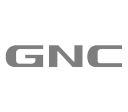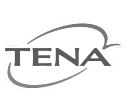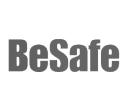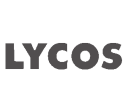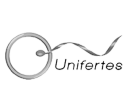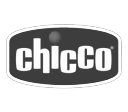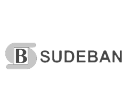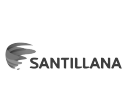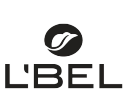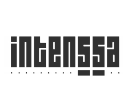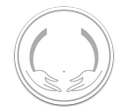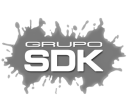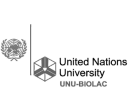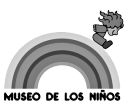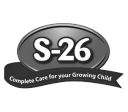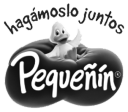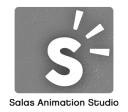How does it work?
How can Audience Intelligence help your organisation?
Frequently Asked Questions
We help your organisation to better understand the complexity of human behaviour to create better business opportunities, work enviroments, products, services and experiences.
We take pride in our ability to learn the fundamentals of virtually any industry or technology quickly. Some of the markets we have served include green technologies, medical devices, biotechnology, Internet/e-commerce, telecommunications, distance education/e-learning, real estate, financial services, healthcare services, manufacturing, retail, food service, consumer products, media and entertainment, aerospace, artificial intelligence, enterprise software, insurance, energy, and networking. Having said that, we believe that the value we bring to the table is not industry expertise -which you already possess in abundance- but rather an understanding of what your target audience would like to see in a potential opportunity.
Every situation is unique. However, some fairly common steps include the following:
- ▪ Initial discussion to understand your basic needs.
- ▪ Review your existing materials (draft business plans, financials, market research, competitor research, etc.).
- ▪ Follow-up discussion to clarify details and agree upon the scope and fees for the project. Several in-depth discussions to better understand the details, develop strategies, and agree on all major elements.
- ▪ Conduct additional research, as needed.
- ▪ Draft a BETA Presentation and review it with you to ensure that all parties agree on the high-level vision.
- ▪ Draft the Executive Summary and review it with you to ensure that we all agree on the next level of detail.
- ▪ Prepare a draft outline of report for your review.
- ▪ Begin filling in the details on the draft. Obtain and incorporate your feedback.
- ▪ Finalize all deliverables.
- ▪ Coach you on the best way to deliver the presentation and on how to address questions.
- ▪ Provide ongoing support, including making minor updates to the deliverables at no additional charge.
- ▪ Depending on how we structure the project, you should expect to spend anywhere from 10-30 hours on the process over the course of a typical engagement.
For a typical engagement, the typical time to completion is 6 to 8 weeks. The actual time can be influenced by the quality of your existing materials, the level of your participation, the complexity of your market and business model, and our current workload.
We remain available, at no extra charge, to answer follow-up questions, provide advice, and to make minor changes to the documents we produced for you.
Gladly. We prefer to use a Mutual NDA so that our own trade secrets can be protected as well.
We are unable to email you a sample, but if you would like a closer look, we can schedule an online screen sharing session via Zoom.
We are headquartered in London, UK and have consultants in Marbella, Spain. We rely heavily on the phone, e-mail and online meeting tools, and have never met 90% of our clients.








